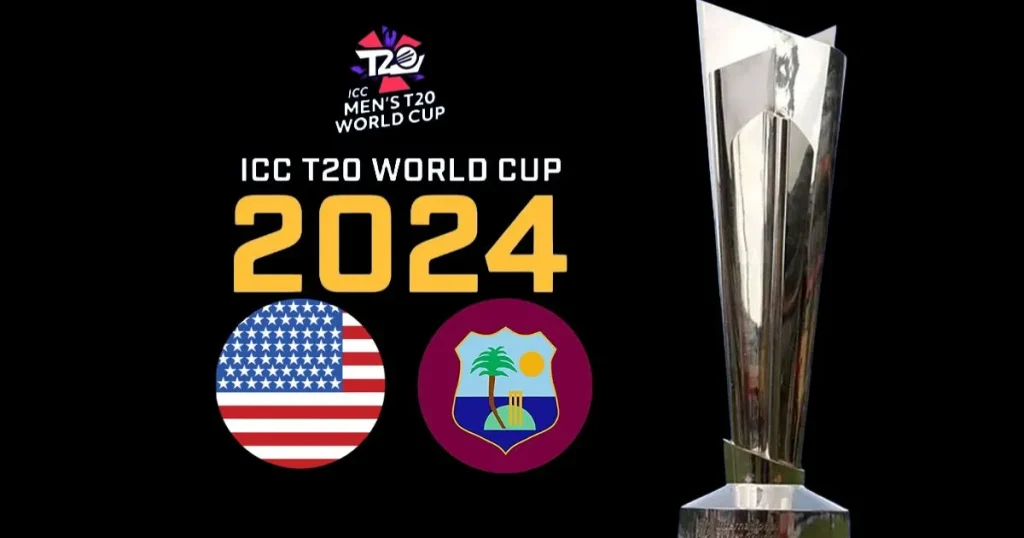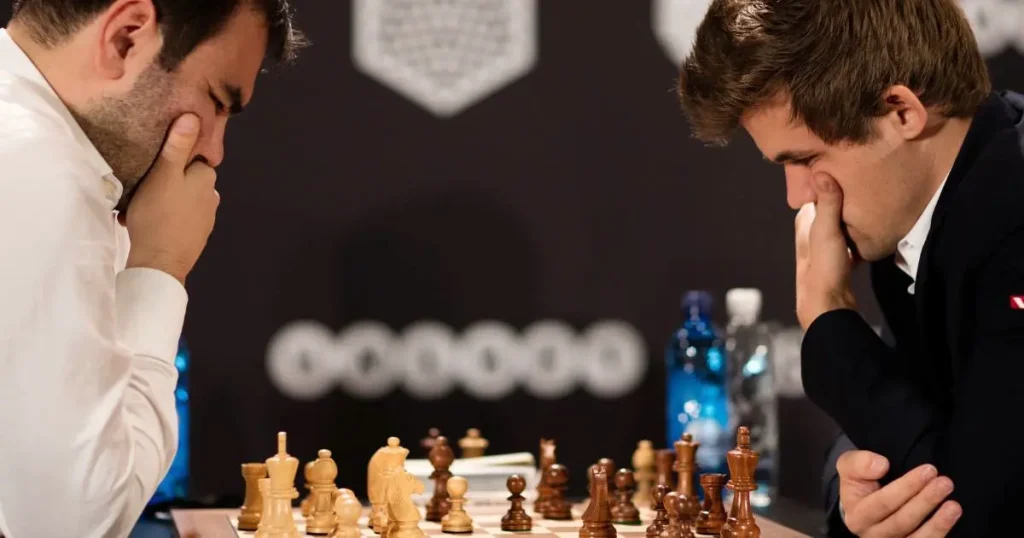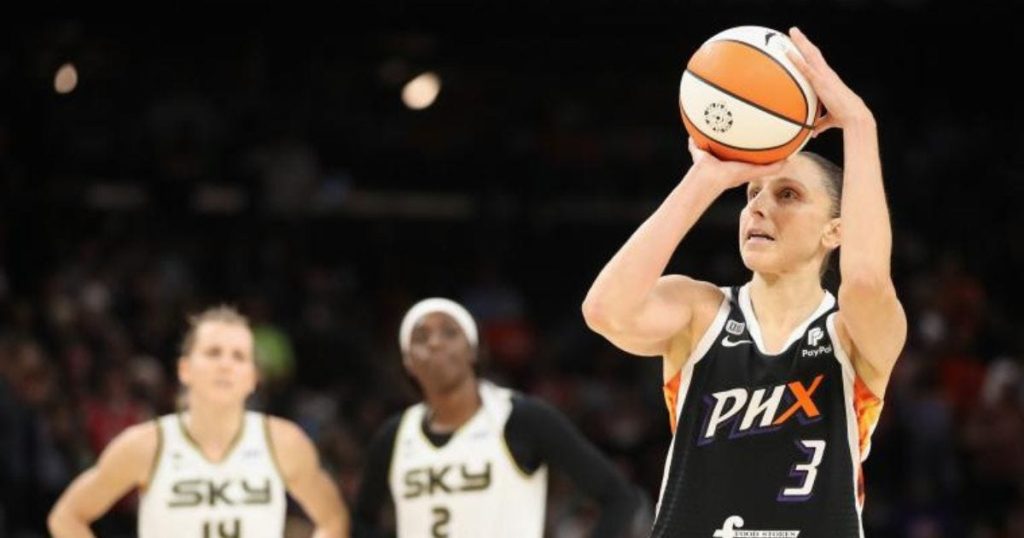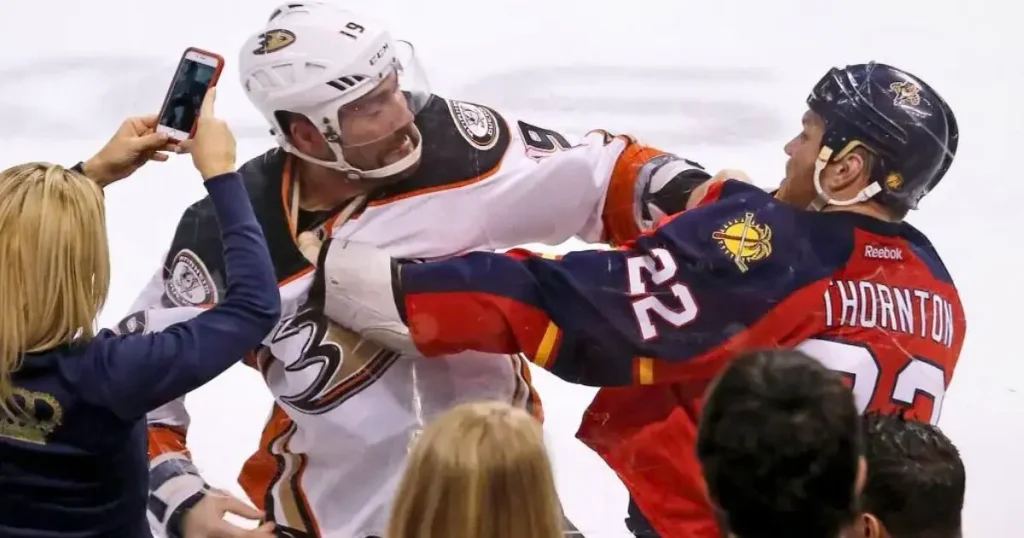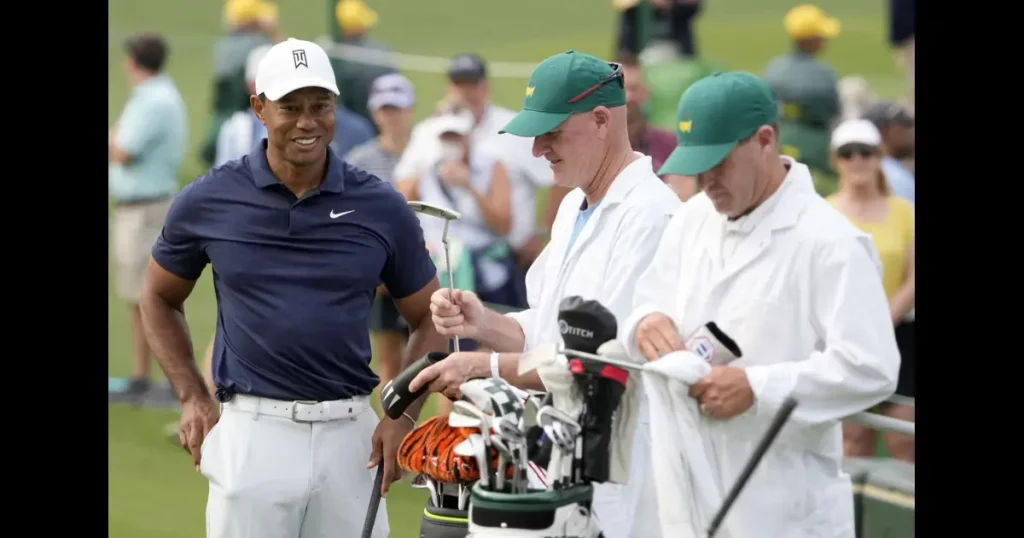The Ultimate Cricket Showdown: Can T20 World Cup 2024 Live up to the Hype?
Get ready, cricket fans, because the T20 World Cup 2024 is just around the corner, and it’s shaping up to be the ultimate showdown! This highly anticipated cricket tournament will be a thrilling display of skill, power, and excitement as the world’s best teams battle it for supremacy. It is scheduled to be co-hosted by the West Indies and the United States from 1 June to 29 June 2024. It will be the first ICC World Cup tournament to feature matches played in the United States. England are the defending champions, having defeated Pakistan in the previous edition’s final. From power-hitting to fierce bowling spells, this tournament will surely showcase the best of what T20 cricket has to offer. With star players pushing their limits, dramatic last-over finishes, and nail-biting encounters, every game promises to be a cricketing spectacle. So, mark your calendars and prepare for an adrenaline-fueled roller coaster ride as the T20 World Cup 2024 unfolds. Get ready to witness history as the world’s finest cricket teams battle it out for glory in what could be the most thrilling tournament yet! History and Evolution of T20 Cricket T20 cricket, or Twenty20 cricket, is a relatively new format that has taken the cricketing world by storm. Introduced in 2003, this fast-paced version of the game was designed to provide more excitement and entertainment in a shorter time. With each team playing only 20 overs, the game became faster and more explosive. It attracted a new generation of cricket fans. The T20 format revolutionized the game, introducing new strategies, techniques, and tactics. It gave rise to power-hitting, innovative shots, and aggressive bowling spells. The format also provided a platform for lesser-known players to showcase their skills and make a name for themselves on the international stage. Over the years, T20 cricket has gained immense popularity, with domestic leagues like the Indian Premier League (IPL) and the Big Bash League (BBL) becoming global sensations. The Significance of T20 World Cup in Cricket The T20 World Cup holds a special place in the hearts of cricket fans worldwide. It is the pinnacle of T20 cricket, bringing together the best teams from around the globe to compete for the ultimate prize. The tournament provides a platform for players to represent their countries and showcase their skills on the world stage. Unlike other cricket tournaments, the T20 World Cup is known for its unpredictable nature and nail-biting finishes. The shorter format ensures every game has a sense of urgency and excitement, making it a fan favorite. The tournament has produced some of the most memorable moments in cricket history, from Chris Gayle’s explosive batting to Lasith Malinga’s deadly yorkers. Previous T20 World Cup Tournaments and Their Impact The T20 World Cup has been held eight times since its inception, with each edition lasting impacting the cricketing world. The inaugural tournament 2007, held in South Africa, was a massive success, capturing the imagination of fans worldwide. India emerged as the champions, defeating arch-rivals Pakistan in a thrilling final. The 2016 edition, held in India, witnessed the emergence of the West Indies as a T20 powerhouse. Carlos Brathwaite’s four consecutive sixes in the final over to seal victory against England will forever be etched in the memories of cricket fans. The Hype Surrounding T20 World Cup 2024 As the T20 World Cup 2024 approaches, the excitement and anticipation are at an all-time high. The tournament promises to be bigger, better, and more thrilling than ever before. The stage is set for a cricketing spectacle with new teams, a revamped format, and exciting changes. One of the critical changes in the T20 World Cup 2024 is expanding the tournament to include more teams. This will allow associate nations to showcase their talent and compete against the established cricketing powerhouses. The inclusion of these teams adds an element of unpredictability and ensures that every game is fiercely contested. The T20 World Cup 2024 also aims to enhance the fan experience with innovations such as virtual reality (VR) viewing, interactive fan zones, and immersive digital content. The tournament organizers leave no stone unturned to make it a memorable event for players and spectators. Key Players to Watch Out The T20 World Cup is known for producing heroes and stars who shine under pressure. The 2024 edition is expected to be the same, with several players likely to impact the tournament significantly. Players like Virat Kohli, Babar Azam, and Glenn Maxwell are expected to set the stage on fire with their explosive stroke play in the batting department. These players have proven themselves in the T20 format and will be crucial to their team’s success. Jasprit Bumrah, Rashid Khan, and Kagiso Rabada will be the ones to watch out for in the bowling department. Their ability to bowl yorkers, deceive batters with their variations, and take wickets at crucial moments will play a vital role in determining the outcome of matches. Potential Challenges and Obstacles While the T20 World Cup 2024 promises to be an exciting event, it also faces some potential challenges and obstacles. One of the main concerns is tournament scheduling, considering the busy international cricket calendar. With players involved in various domestic leagues and international commitments, managing their workload and ensuring their availability for the T20 World Cup could be challenging. Another obstacle is the unpredictable nature of the T20 format itself. In a game where a single over can change the course of a match, even the best teams can face unexpected setbacks. It will be crucial for teams to adapt quickly to different conditions and opposition strategies and maintain consistency throughout the tournament. Exciting Match-Ups and Rivalries The T20 World Cup 2024 is expected to witness exciting match-ups and intense rivalries. The clash between traditional rivals India and Pakistan is always a highlight of any cricket tournament, and the T20 World Cup is no exception. The intense atmosphere and high-stakes nature of these encounters make them a must-watch for cricket fans. Other intriguing match-ups include Australia
The Ultimate Cricket Showdown: Can T20 World Cup 2024 Live up to the Hype? Read More »

